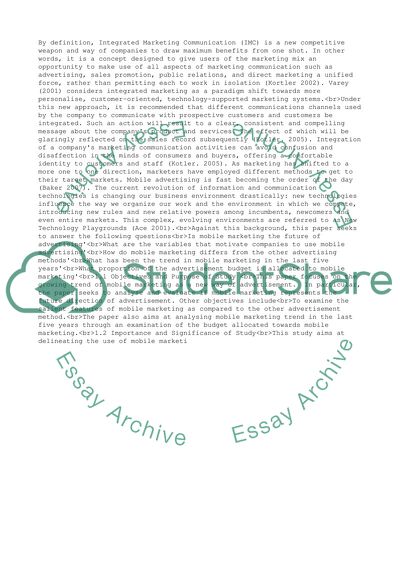Cite this document
(“Is mobile marketing the future of advertising Case Study”, n.d.)
Is mobile marketing the future of advertising Case Study. Retrieved from https://studentshare.org/business/1526504-is-mobile-marketing-the-future-of-advertising
Is mobile marketing the future of advertising Case Study. Retrieved from https://studentshare.org/business/1526504-is-mobile-marketing-the-future-of-advertising
(Is Mobile Marketing the Future of Advertising Case Study)
Is Mobile Marketing the Future of Advertising Case Study. https://studentshare.org/business/1526504-is-mobile-marketing-the-future-of-advertising.
Is Mobile Marketing the Future of Advertising Case Study. https://studentshare.org/business/1526504-is-mobile-marketing-the-future-of-advertising.
“Is Mobile Marketing the Future of Advertising Case Study”, n.d. https://studentshare.org/business/1526504-is-mobile-marketing-the-future-of-advertising.


